Timely pruning of viburnum in the fall will ensure the growth of the central part of the plant. Active fruiting is the result of a uniform distribution of nutrients. The more lateral shoots the gardener leaves on viburnum, the less “juices” her central region will receive. Refusal from regular processing will reduce the yield and make the bush susceptible to diseases and pests.
Content
Manipulation Schedule
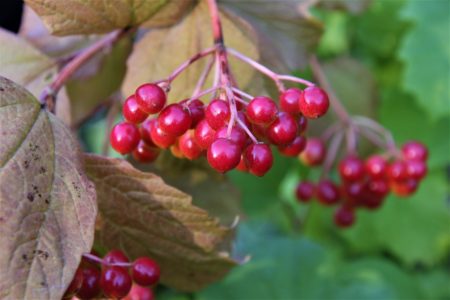
The schedule is not a dogma, but only a recommendation. It is adjusted taking into account the selected variety. Despite the many nuances, there are several common points. The first rule - in the fall do not carry out thinning manipulation. In the autumn, after fruiting is completed, the landing is preparing to “fall asleep”. Thinning is a traumatic procedure. You can not be sure that in the spring the bush will bloom actively. The second rule - it is better to abandon pruning a few days before a full winter. The reason is similar to the previous one. Frosts will negatively affect the number of branches that winter.
Deletion Types
Sanitary or wellness - weak and diseased branches are subject to removal. If frozen branches are noticed on viburnum, then they can cause diseases. It is recommended to remove them. The second type is thinning. It is necessary to reduce the accuracy of the arrangement of branches. Gardeners know that excessive density makes life easier for pests and diseases. Once only one branch gets sick, a pest or ailment "jumps" to nearby branches. The third type is formative. It is carried out in the case when the gardener plans to grow the berry for decorative purposes.
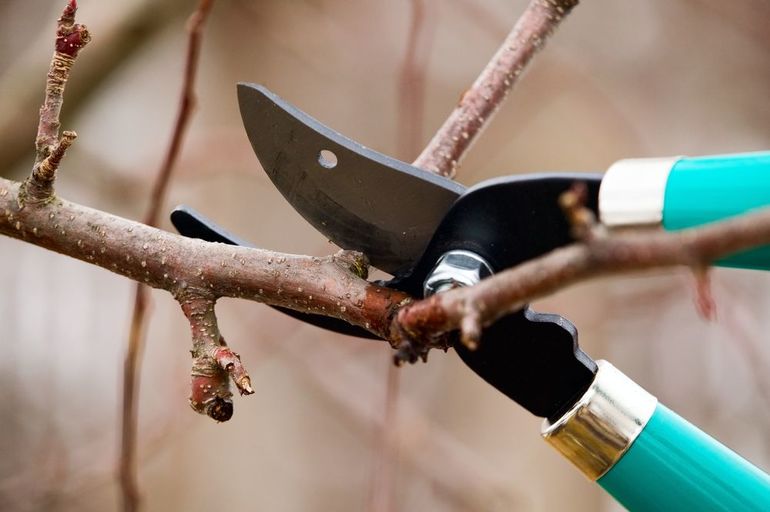 You may be interested in:
You may be interested in:Schedule
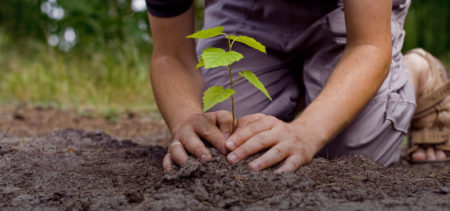
Botanists have developed a schedule for the care of viburnum in the fall.
| Type of | Time spending | |||
| Autumn | Winter | Spring | Summer | |
| Formative | End of September - end of October. It is allowed to carry out only after completion of leaf fall. | — | From April to the end of May. The boundary point is the completion of sap flow. | Spend up to 3 times during the summer. Remove the apex and side branches. |
| Thinning | — | — | The end of April - the beginning of June. Spend immediately after the start of sap flow. | Spend during the summer months. The lateral branches that have formed in the current year are subject to removal. |
| Sanitary | Spend throughout the year. Branches that are apparently not viable must be removed. So the gardener protects the green spaces from pests and diseases. The slice is carried out over the kidney, which looks out. It is forbidden to cut inside the bush. | |||
Punctuality is the key to a large harvest.
Scheme
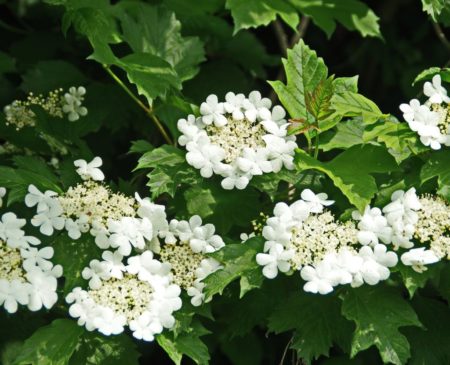
Thick branches accumulate snow cover. It acts as a thermal insulation coating. The gardener's task is to cut the viburnum so that there are enough branches left to collect snow, but there should not be too many of them. It is recommended to remove weak shoots that physically can not stand the snow cap.
Practical recommendations
Before starting to trim the viburnum in the fall, the gardener will not be amiss to get acquainted with the list of recommendations of nerds:
- each dry branch is shortened strictly to a healthy part;
- if the lateral branch is broken, then it is removed under the stump;
- if the diameter of the cut is more than 1 cm, then it is treated with garden var.
The slice is performed parallel to the barrel, having previously deviated from it up to 5 mm.
Shtambovy tree formation
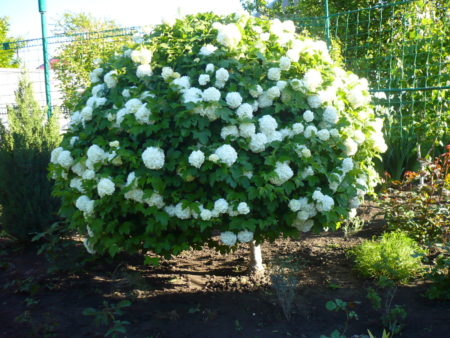 A summer resident should know that planting viburnum in the garden is half the battle. The formation of the standard case will take more power. Due to the fact that the bush produces many shoots sprouting, it is necessary to regularly and accurately perform removal. When pruning viburnum in the fall, a lot of tips for beginners include a recommendation on the need to remove shoots that go from the root. Leave allowed the most powerful. You can find it in a perfectly straightforward form.
A summer resident should know that planting viburnum in the garden is half the battle. The formation of the standard case will take more power. Due to the fact that the bush produces many shoots sprouting, it is necessary to regularly and accurately perform removal. When pruning viburnum in the fall, a lot of tips for beginners include a recommendation on the need to remove shoots that go from the root. Leave allowed the most powerful. You can find it in a perfectly straightforward form.
Themed videos provide information on the need for nutritional supplementation of the trunk. The choice is made in favor of nitrogen, phosphorus and potash fertilizers. The trunk circle is mulched using peat compost. It is mixed with sawdust in a ratio of 2: 1. The minimum required barrel length is 50 cm. Once the indicated mark is reached, you can create a standard. If viburnum has reached 100 cm, then even small shoots are subject to removal. When asked whether it is possible for gardeners to leave the overgrowth, botanists respond positively. It will be removed at the moment when the crown becomes excessively thick.
Decorative trim
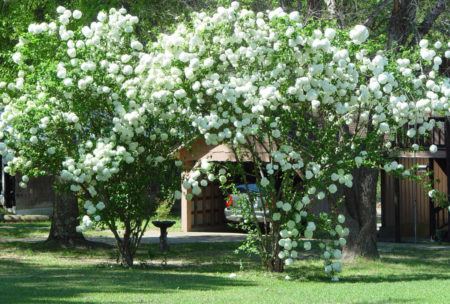
According to the drawing, which can be found in garden design magazines, viburnum is used to create visual accents. The first rule is the choice of a decorative variety. Information is contained on the packaging. The second nuance is compliance with the following scheme:
- the first pruning is carried out immediately after planting;
- in autumn, all shoots are shortened to 3 buds (above ground level);
- by summer, new shoots will form from the remaining buds;
- as soon as their length exceeds 30 cm, pinching of the top is carried out;
- after this manipulation, the growth of the left side of the bush is activated;
- each subsequent autumn, several of the strongest root shoots are selected, which are shortened by 1/3 of the length;
- if the gardener managed to correctly independently cut the root shoots, the planting will throw all the forces on lateral growth;
- the previous two points are repeated until a visually attractive bush is formed;
- as soon as the bush is formed, the shoots are removed;
- the gardener limits the height of the shoots on their own - here everything depends on the desired parameter.
 You may be interested in:
You may be interested in:During pruning, remember that viburnum bears fruit only on annual shoots.
Tree-shaped pruning
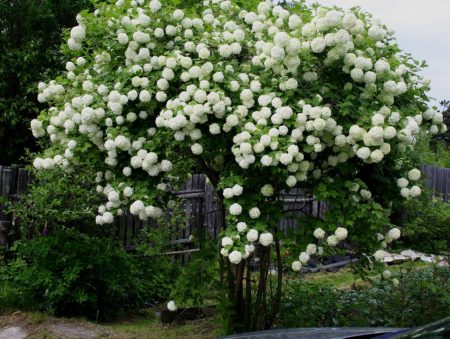
Beginners should know that it is more difficult to form a planted bush of viburnum than, for example, another fruit plant. Initially, the seedlings are given several years. Enough time for complete rooting. In the middle lane allotted for the specified procedure up to 2 years. The further procedure is as follows:
- on the 3rd year of growth, all shoots are removed with the exception of one of the strongest;
- over the next 3 years, the main escape is not touched;
- lateral branches are shortened by 30 cm;
- the upper branches do not touch - they are necessary for the formation of skeletal branches;
- as soon as the trunk has passed the mark of 1.5 m, the pinch point of growth is “pinched”;
- the crown is formed from branches of the upper tier;
- when forming the crown, its excessive thickening is avoided;
- root shoots are regularly removed.
Anti-aging pruning
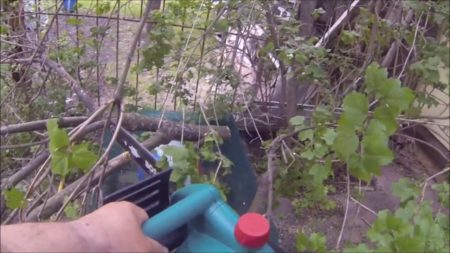
Before it, viburnum must be grown for at least 5 years. The summer resident should remove the old branches. New growths will not appear on them. Too short branches are subject to removal - the result of a development stop. The more short branches, the lower the yield. Schemes for rejuvenating the bush are as follows:
- cut down to 2 short branches at a time;
- leave shoots from the shoots for replacement;
- every 2 years the procedure is repeated;
- the emphasis is not only on short, but on old and short branches.
The situation is more complicated if the gardener came across an old viburnum. If she has a thickened top, and the trunk is thick and semi-dry, then pruning is done as follows. The entire bush to ground level is subject to removal. A new form of shoots. They act in a similar way when the young viburnum grows poorly. It is about the fact that the earth has exhausted its nutritional strength. No need to plant anything else.
Rules for pruning various varieties of viburnum
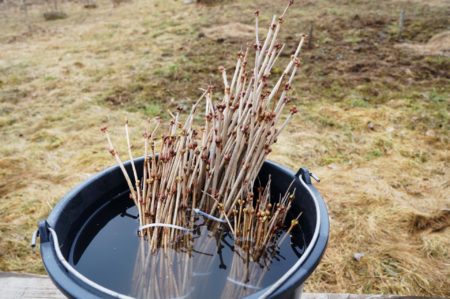
In the garden of most summer residents there are 2 varieties - Buldenezh and "Plain Red." The latter type is trimmed as described above. Differences occur when it comes to the Buldenezh variety:
- manipulation is carried out so that the bush is multi-stemmed;
- the second prerequisite is the splendor of the bush;
- pruning of young shoots is carried out at 20 cm from ground level;
- summer inflorescences are subject to removal;
- the procedure is necessary to activate the formation of the root system;
- in summer, remove the upper part of the root system;
- the procedure will improve branching in the coming year;
- in the II year of existence, plants are pruned immediately after flowering;
- Excessive green mass takes a lot of nutrients.
In spring, pruning of the Buldenezh variety is not carried out. Otherwise, productivity will decrease.
Autumn pruning of viburnum is a must. It is necessary to optimize growth. Observe it strictly on schedule. A good solution is to take into account climatic features. Manipulation is completed before the onset of full-fledged colds. Old and short branches are subject to removal. There will be no shoots and fruits on them. Such rudiments only take nutrient juices from the plant. The second rule is regularly thinning the crown. It should not be too thick, otherwise diseases can not be avoided.

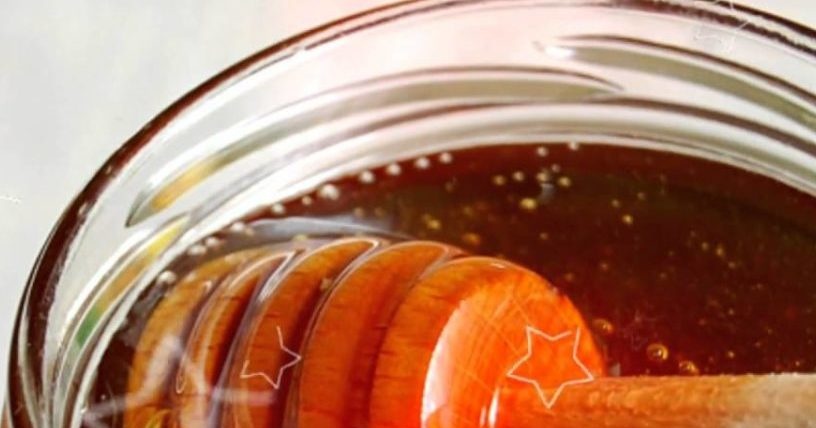
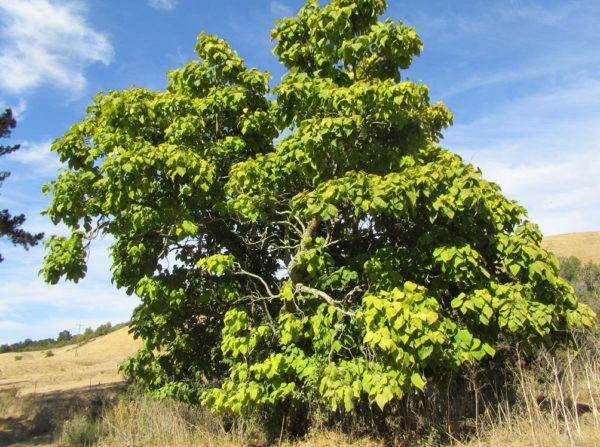
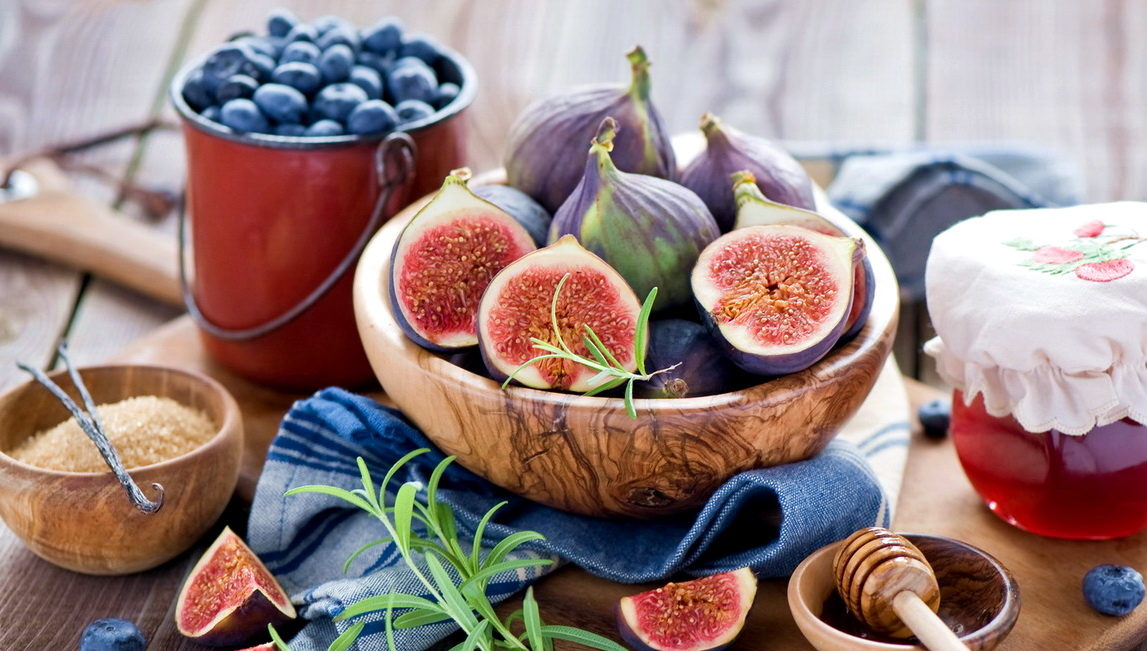
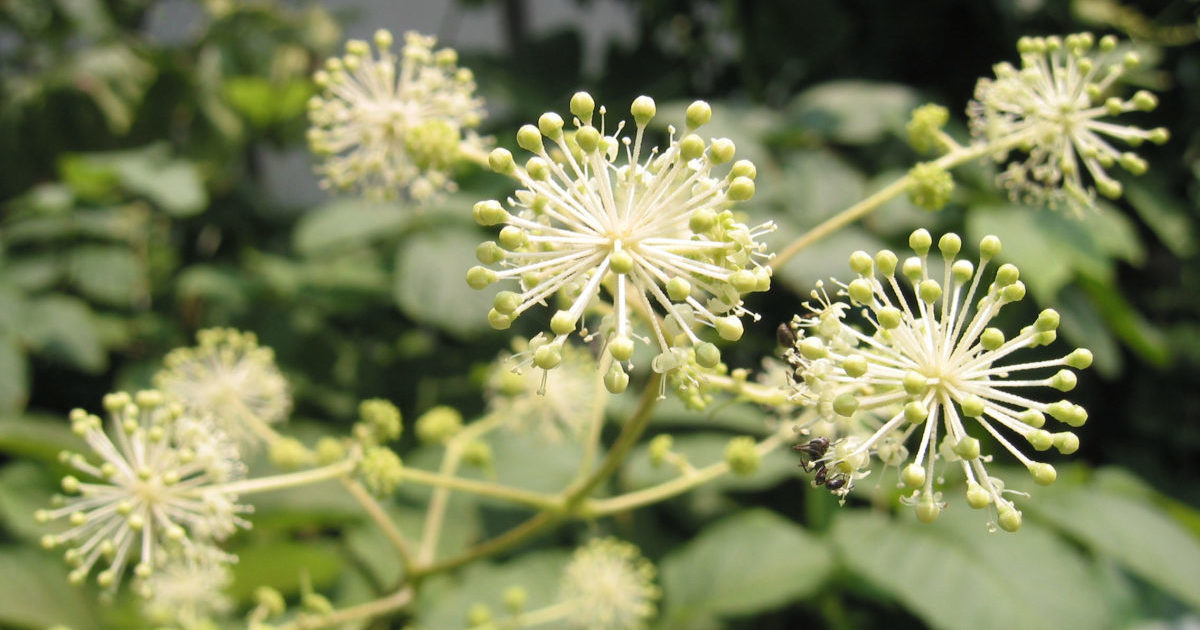 Aralia Manchurian - medicinal properties and contraindications, the use of tinctures in bodybuilding
Aralia Manchurian - medicinal properties and contraindications, the use of tinctures in bodybuilding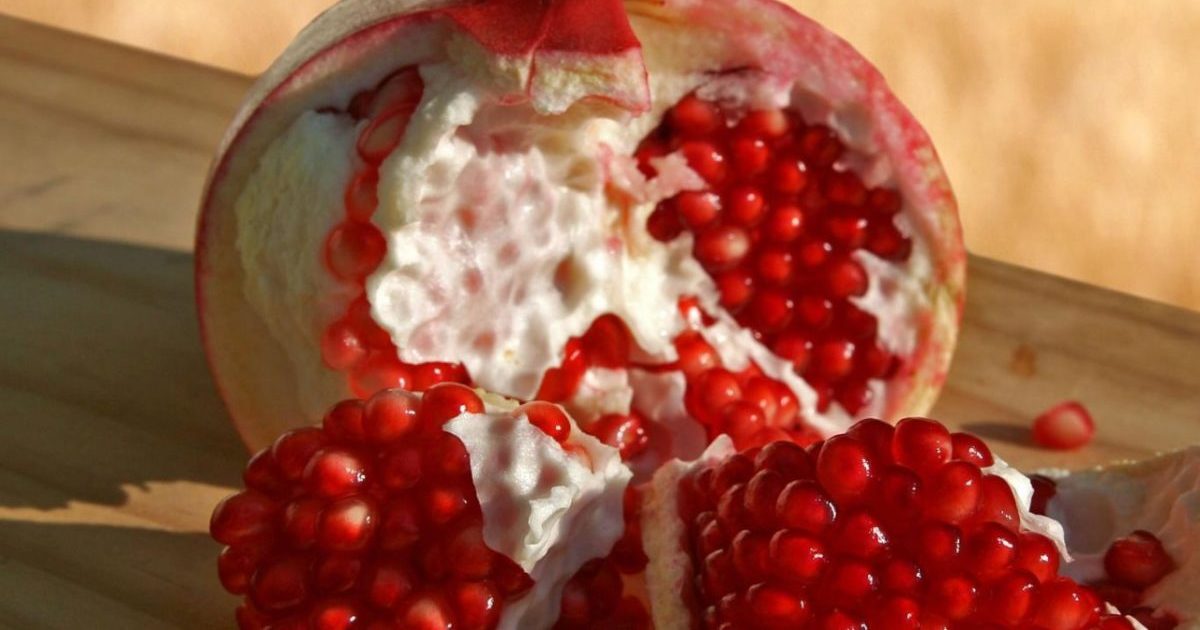 Seedless pomegranate - cutaway appearance, benefits and harms
Seedless pomegranate - cutaway appearance, benefits and harms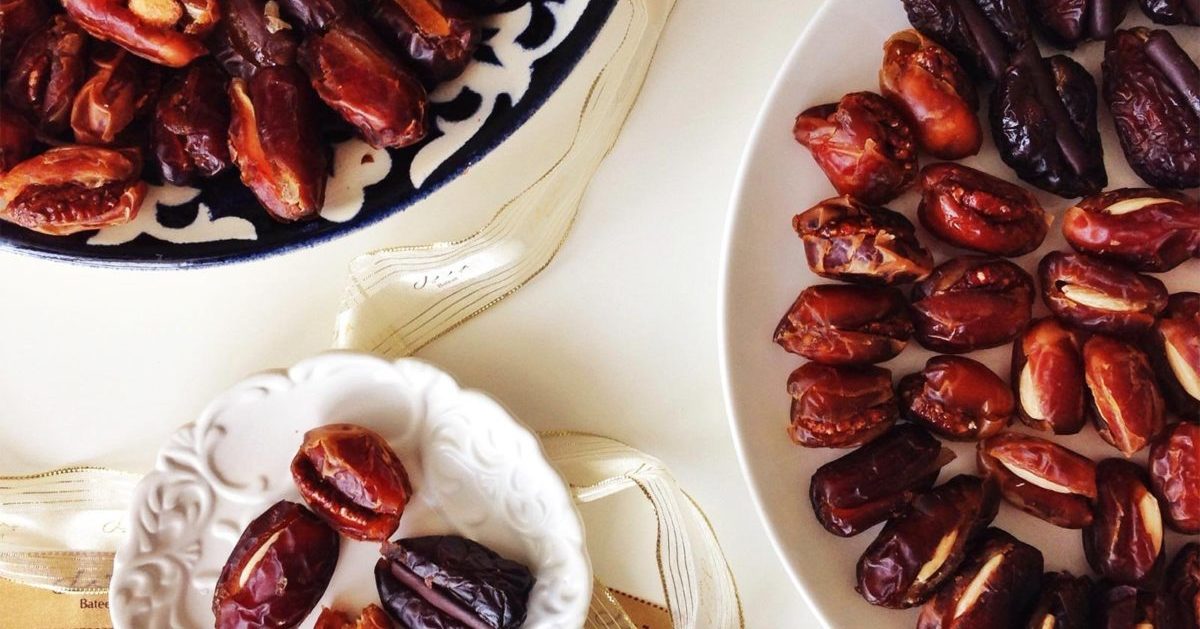 Dates - the benefits and harm to the body, how much you need to eat, properties and calorie content
Dates - the benefits and harm to the body, how much you need to eat, properties and calorie content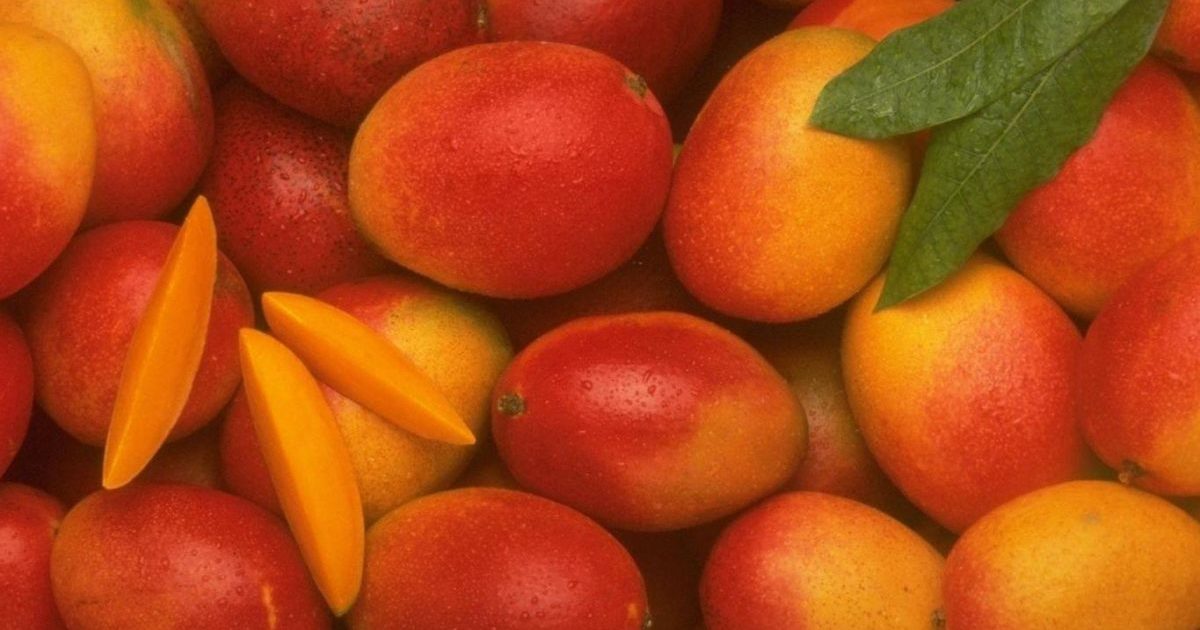 The benefits and harms of mango for the body of women and men - how to eat it?
The benefits and harms of mango for the body of women and men - how to eat it?